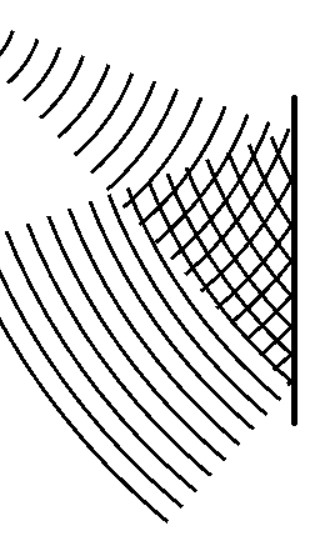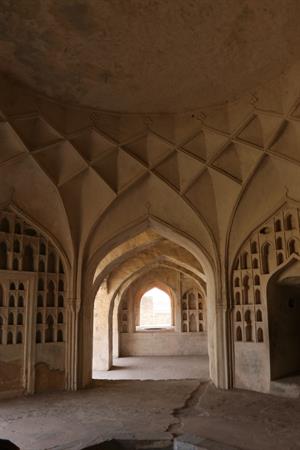
PUMPA - SMART LEARNING
எங்கள் ஆசிரியர்களுடன் 1-ஆன்-1 ஆலோசனை நேரத்தைப் பெறுங்கள். டாப்பர் ஆவதற்கு நாங்கள் பயிற்சி அளிப்போம்
Book Free DemoWhen you speak in an empty room, your voice is softly repeated. This is nothing more than the reflection of your own sound waves.
Sound waves can be bounced back into the first medium when they travel through one medium and strike the surface of another. This phenomenon is known as the reflection of sound waves (or) simply the bouncing of sound waves from the interface between two media, termed the reflection of sound.
Sound waves, like light waves (electromagnetic waves), undergo reflection when they strike a hard, smooth surface. The following two laws of reflection are applicable to sound waves as well.
- The incident wave, the normal to the reflecting surface and the reflected wave at the point of incidence lie in the same plane.
- The angle of incidence ∠i is equal to the angle of reflection ∠r.

Incident and reflected wave
Know the terms,
Incident waves:
The incident waves are the sound waves that travel towards the reflecting surface.
Reflected waves:
Reflected waves are sound waves that bounce back from a reflecting surface.
For all practical purposes, the point of incidence and reflection are the same point on the reflecting surface.
Normal line:
A perpendicular line drawn at the point of incidence is called the normal.
Angle of incidence:
The angle which the incident sound wave makes with the normal is called the angle of incidence, 'i'.
Angle of reflection:
The angle which the reflected wave makes with the normal is called the angle of reflection, ‘r’.

Golconda fort
The Clapping Portico in Golconda Fort comprises a series of arches, each one smaller than the one before it. As a result, a sound wave generated beneath the dome would be compressed and amplified enough to travel a long distance.
Reference:
https://pixabay.com/photos/golconda-fort-architecture-hyderabad-3395846/